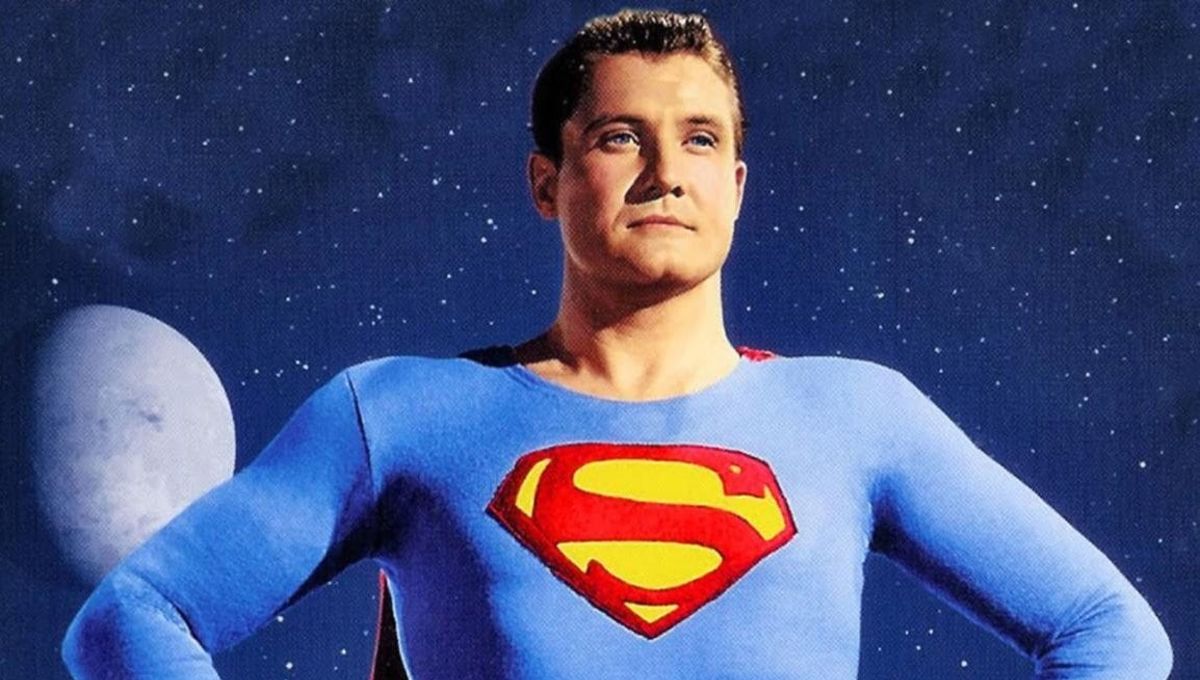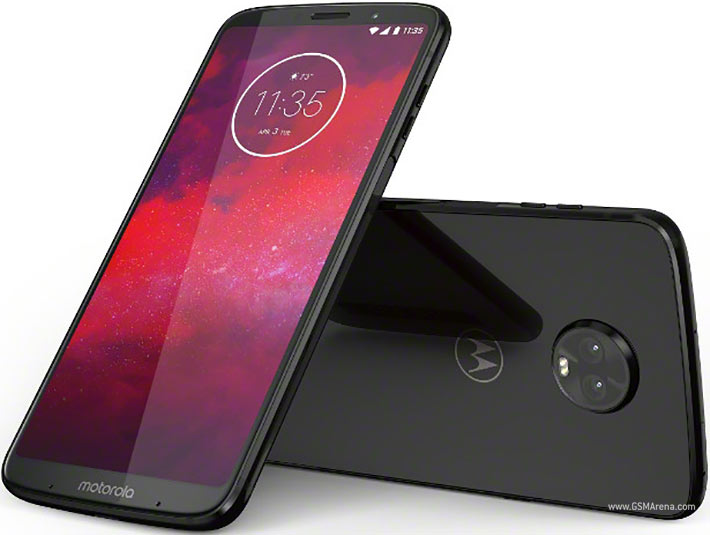In America, our choice of data/power connector has been made for us by the manufacturers of our electronic products. If one is an Apple customer, one uses the connector on the right. If on Android, one uses the connector on the left. Does this make sense? Shouldn't all products play nice in the sandbox?
- - - - - -
I started off with the Apple vs. Android dispute, as it goes much deeper than one would think. Most Android products can talk with each other. My cell phone can be tethered to an Android tablet without problems. The same can be said about Apple phones and tablets. But Apple makes sure, at almost every point, that its products do not interface well with the other products' ecosystems. There is no reason that I can't tether my iPad to a Samsung cell phone via Bluetooth or Wi_Fi connections. Yet, this is so.
Several weeks ago, one of my friends asked me to figure out a problem. She had a non-Apple laptop and an Apple phone, and couldn't get tethering to work, so that she could submit her final project. So I allowed her to tether her laptop to my phone, and she was able to submit the project on time. This is not a good thing. Wi-Fil to Wi-Fi connections and Bluetooth to Bluetooth connections are simple. Yet, Apple makes "security" excuses for why this can't be done. This is bullshit to the average person. And it is starting to be so for regulators as well.
Europeans are getting tired of the E-Waste being generated for its electronics. They would like to have a simple wiring standard that can be used on all common electronic devices, and they want to standardize on USB-C. Apple is strongly against, this, as this is the first step towards making Apple play nice in the sandbox and acting like all other electronics manufacturers. Europe wants people to make "Oranges to Oranges" comparisons between products, and not force people to choose between one manufacturer's ecosystem vs. another manufacturer's (or group) ecosystem.
- - - - - -
About 160 years ago, the United States had no standards for simple things such as screw threads. This caused us a lot of grief when we started mass production of manufactured foods. We needed to standardize specifications for most of the basic products, such as screw threads. How thick they had to be, what angle did they wrap around the screw, and how much distance between the threads had to be included in this standard. Standardizing screws, nuts, bolts, was only one part of the problem. Even the screw heads had to be standardized. In America, we have the flat head and Phillips screwdrivers. But in Canada, they have one more variety - the Richardson head. (I think this to be a superior design to the Phillips head, but I won't go into it here.) Standardization has forced American manufacturers to compete on both quality and price, and has allowed us a greater variety of product providers had standardization not been mandated.
Yet, there is value to competing standards - for a while. Does anyone remember VHS vs. Beta? Although Sony's product was technically the better product, it failed in the marketplace. Video Tape Recorder manufacturers standardized on VHS before the product itself (the VCR) became obsolete. Competition doesn't always mean that the best product will survive. It means that a product at a decent value/price point will survive. But what happens when the market stabilizes with two standards. Does this benefit the consumer?
- - - - - -
For me, the jury is out. I own both Apple and Android products, and prefer my Android products. Although I use an iPad, it is not my favorite device. I would prefer to buy a new Samsung tablet if I could get one with connectivity to the 4g/5g cell phone networks. Yes, there are drawbacks to this approach. Most manufacturers of Android products do not maintain them for as long as Apple does for its products. So in a way, it seems like we have a modern day equivalent of a Coke vs Pepsi Taste Challenge. As for me, I'll "Make Mine Moxie!"















